New-build to replace school’s 1970s science labs
Broadway Malyan has won planning for a 2,000sq m building at a girls’ school in south-west London.
The science and performing arts building brings the music and drama departments together into a single home adjoining the existing Performing Arts Centre.
It will provide nine new science labs, a drama studio, a new music department and a “forum” designed to develop the practice and performance of the spoken word.
Putney High School stands on a steep section of Putney Hill and as a result the building will be in part four and in part two storeys.
It will replace the school’s existing timber-framed, brick and glass-clad science block that was built in the early 1970s.
David Spencer, who has led the design team at Broadway Malyan, said: “The design process has advanced from two directions – designed from the outside to be part of the school and the surrounding neighbourhood, and from the inside to create high-quality spaces for the students to learn.
“The school is a mix of eclectic architecture, from Victorian villas to 1980s post-modern glass and concrete buildings, all within a single ‘L’-shaped site. Our approach was to create a reserved and elegant building that ties in with the best of the rest of the architecture while providing a high-quality but quiet addition to the existing streetscape.”
It will be built using London brick with copper-clad strips alongside the main windows in a bid to reflect both its traditional and contemporary neighbours.
Spencer said: “The design is inspired by classical proportions, with the main elevation on the street front split horizontally in response to the street’s existing massing and scale while the windows offer a traditional and rigorous rhythm across the façade reminiscent of the traditional Victorian villas.
“The south-facing school façade faces on to the historic lawn at the heart of the site with a colonnade that references traditional academic architecture while also providing solar shading to minimise heat gains and glare, and maximise daylight in the teaching spaces.”










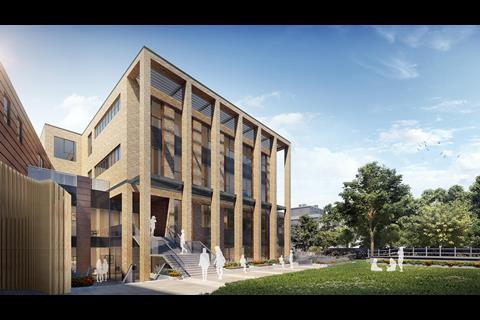

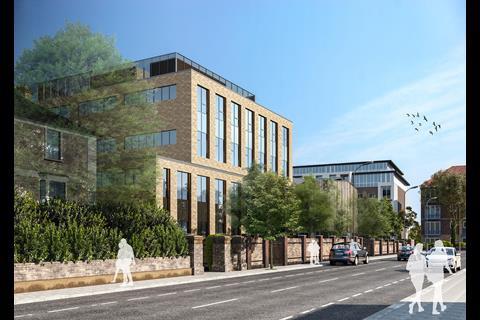
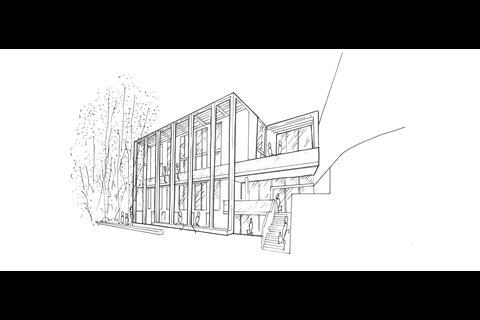
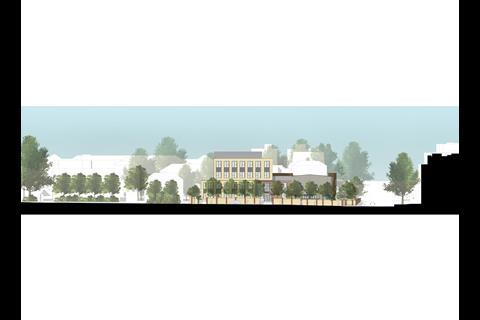

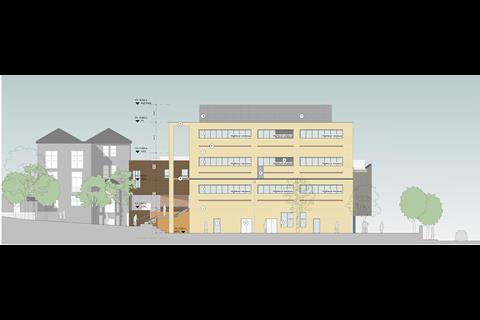

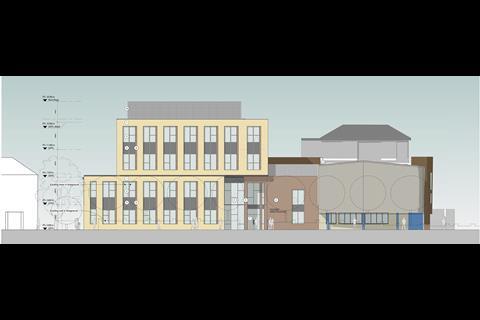

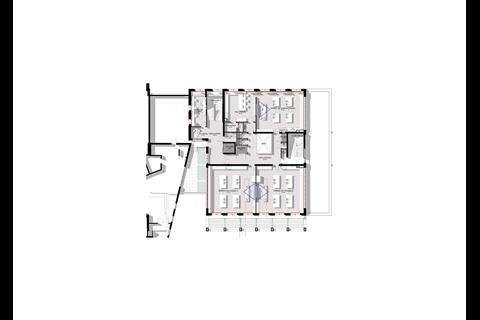




5 Readers' comments